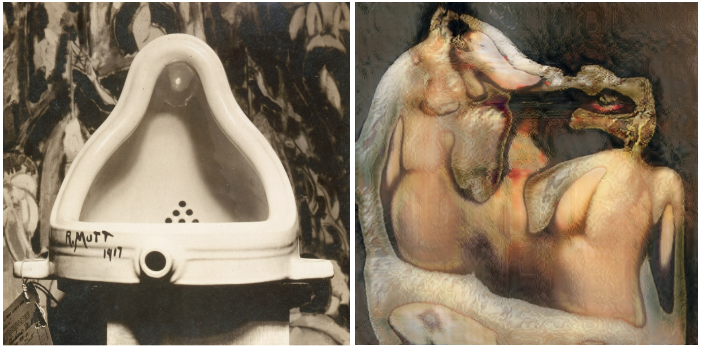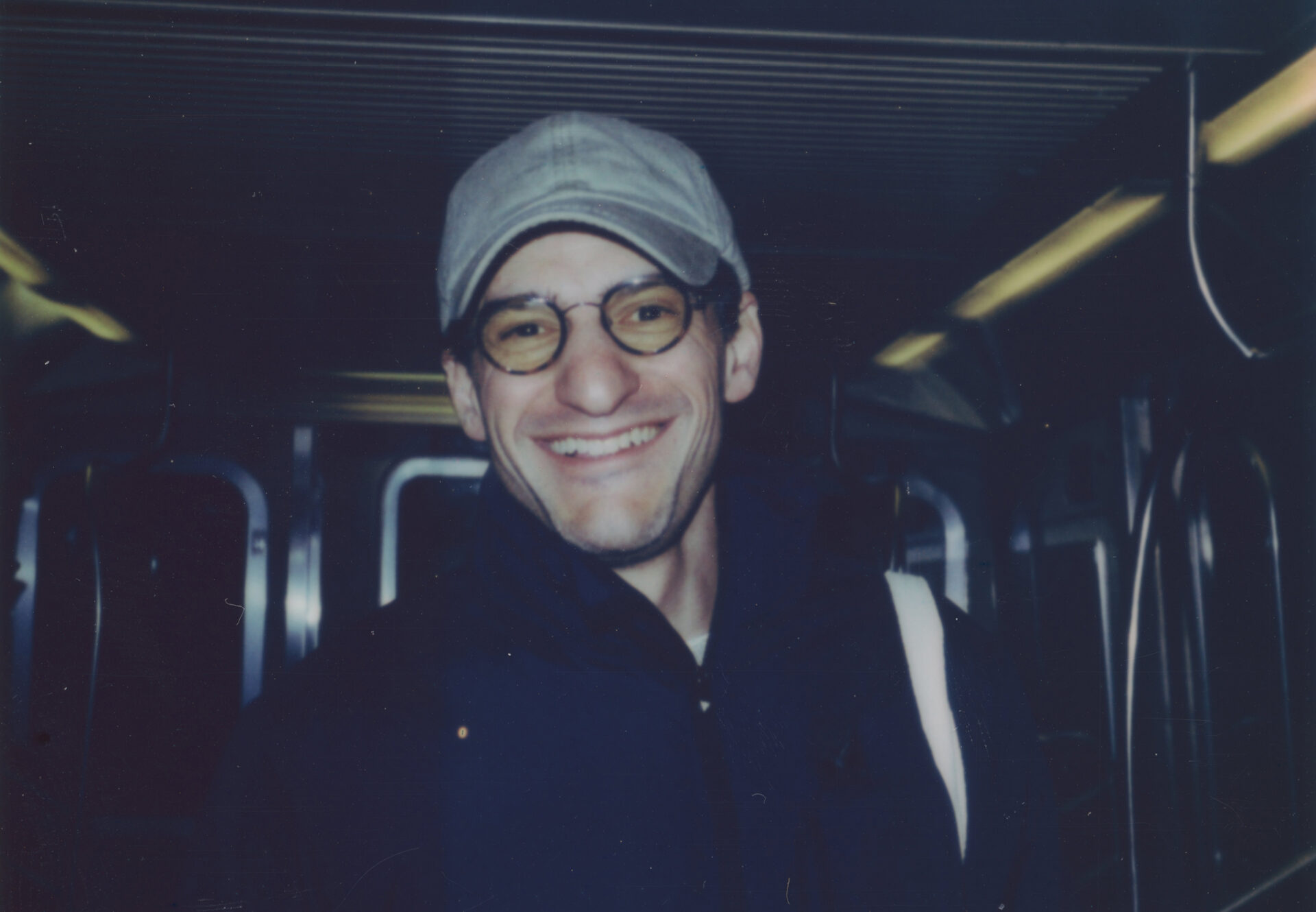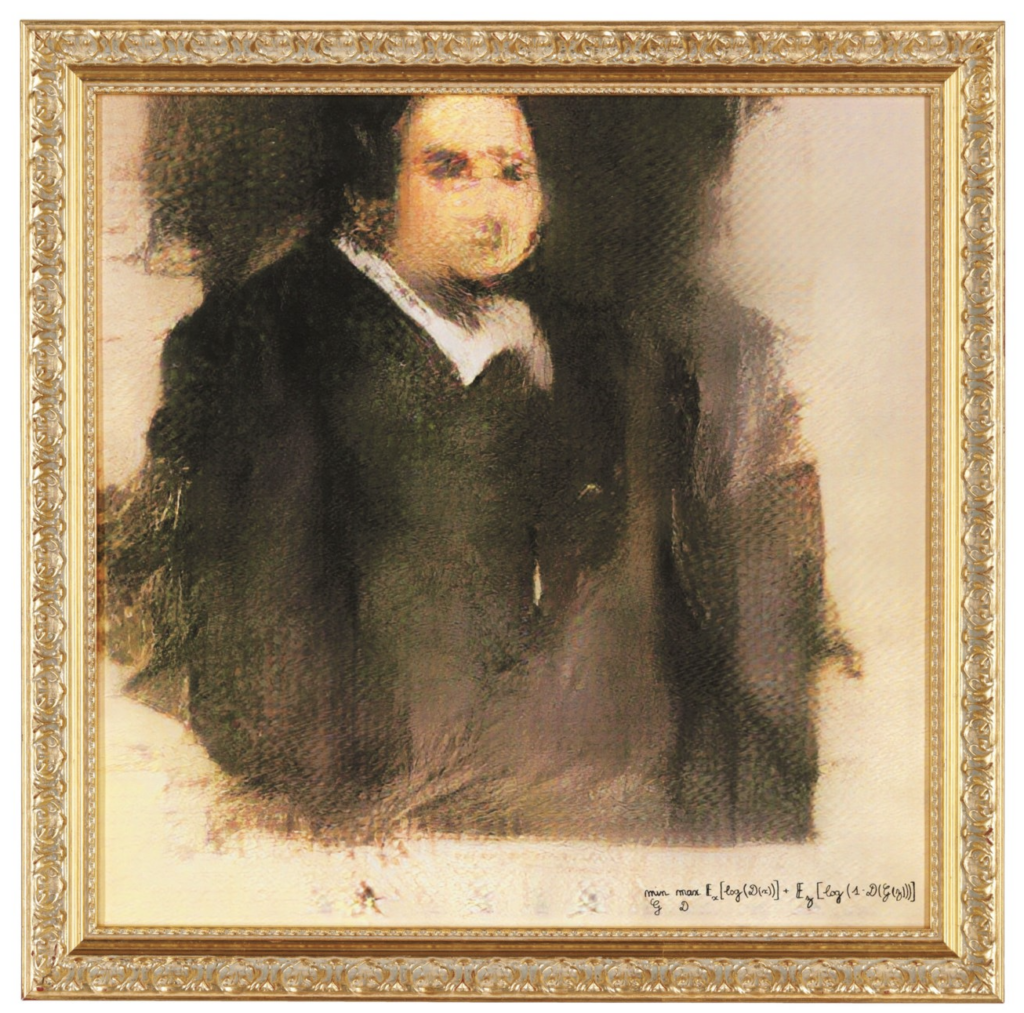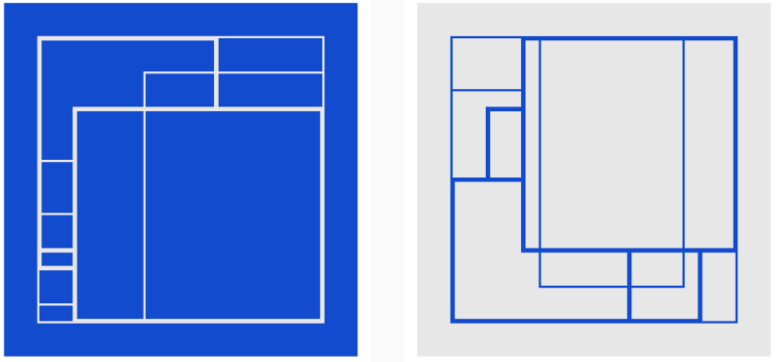Jesse Walden

The Interplay Between AI Abundance + Crypto Scarcity
My undergraduate Art History degree never proved directly useful in my tech career until January 2021, when Variant bought our first NFT.
The piece, one of the first ever onchain AI-generated artworks, is AI Generated Nude Portrait #3 by Robbie Barrat, from a collection of nude portraits Barrat made when he was 18 years old, using a nascent neural network trained on the art historical canon of nude portraiture.
Our focus is early-stage crypto startups, not direct NFT purchases, but I cherish this piece as one of our prized investments because I believe it symbolizes a watershed moment for both art history and software—one to do with the interplay of AI-generated abundance and crypto scarcity. In a world awash in synthetic media noise, onchain provenance and scarcity of NFTs offer a signal of authenticity and value. This is a theme we’ve been exploring at Variant, both as investors and as creators ourselves.
Robbie Barrat is canon
Marcel Duchamp’s Fountain (1917) marked the transition into the postmodern art era. A urinal, flipped and signed by the artist, shocked the establishment, and in so doing, became quote-unquote “art.”
I believe Barrat’s early work, one century later (2018), will be as culturally significant—marking the transition to AI abundance with crypto provenance and scarcity.
Marcel Duchamp’s Fountain (L), Robbie Barrat’s AI Generated Nude Portrait #3
Barrat’s early work is a time capsule of progress in AI over the last half-decade. His first claim to internet fame was a neural network trained to write songs like Kanye. It was impressive, but janky; cute, not scary. A few weeks ago, an AI-generated Drake song went viral because it was indistinguishable from the actual artist.
For his AI Generated Nude Portrait series, Barrat leveraged a machine learning technique called DCGAN (deep convolutional generative adversarial networks), which involves a neural network attempting to produce fakes that will pass as real to another neural network. After cycling through millions of real images, the networks get really good at producing high-quality images of people and things that don’t actually exist. Barrat’s twist was to train such a network on 250,000+ images culled from WikiArt, then prompt it to produce “paintings” emulating specific genres and time periods.
Whereas today’s generative AI models can ace an Art History professor’s Platonic ideal of a classical nude portrait, Robbie’s early GAN emitted deformed human shapes, highlighting both how close AI was to getting it right, and how much further to truly break through.
Barrat open-sourced his work on GitHub and a group of artists known as Obvious picked up his code, made some minor modifications, and produced the AI-generated print Edmond de Belamy, which sold for $432,500 at Christie’s auction in 2018.
Edmond de Belamy, from La Famille de Belamy, by Obvious Art
This was the first time the capital-a Art world had to wrestle with the questions the rest of society is grappling with today. Who deserves the credit and monetary value for an AI-generated piece: the whiz who trained the AI, the owners of the information whose dataset the AI was trained on, the model itself, or the remixers who forked it? How does value accrue: through traditional channels like an art gallery, or directly to the artist onchain at the address used to sign the work? Today, these types of questions are just beginning to permeate society. As AI proliferates, these questions will turn into a thunder. Hence the significance of Robbie’s work as an inflection point for the early interplay of AI-generated abundance, and crypto provenance and scarcity.
Generating with Art Blocks
Another instance of our thesis on generative abundance vs. onchain scarcity came in the form of a series we co-created in December 2020. I partnered with Jeff Davis to create Variant Plan, the fifth series ever minted on Art Blocks, a curated platform where artists deploy onchain code to generate unique onchain art whenever one of their NFTs are minted.
Being a commission, I minted the collection of 200 myself and distributed them as an actual token of appreciation for the early founders and backers that helped get Variant off the ground as we were launching. At the time, I tweeted, “I’m personally drawn to on-chain generative art because it feels like a native expression of this new medium, smart contracts.” Since then, Art Blocks has gone on to become the preeminent curator of onchain generative art, marrying generative abundance with crypto scarcity.
Pieces from “Variant Plan” collection on Art Blocks
The present state of AI x NFTs
During this year’s NFT NYC, Variant hosted a panel discussion on the growing intersections in generative AI and crypto, with Simon Hudson from BottoDAO, the group behind the AI artist Botto; Tiago Sada from Worldcoin; and the writer Sasha Stiles, whose poetry collection Technelegy utilizes AI; moderated by my partner Li Jin.
There were lots of great takeaways, but the questions raised about Botto, a “decentralized autonomous artist,” are particularly relevant to our art thesis. Botto leverages AI to generate art, but its output is governed by a DAO. Every week, the AI presents its work to the DAO, and the (human) DAO members vote on whether they think the art is of high enough quality. Those votes help teach the AI the DAO’s taste, which, at least in theory, is informed by the market, since pieces that clear the bar become “official” and are sold to grow the DAO treasury. As Simon Hudson said on the panel, Botto is “an experiment in really asking the question: Can a machine be recognized as its own artist?”
Variant made a small investment in Botto late last year. You can check out our collection in an Oncyber gallery we built. Experiments like this are awesome, and we think they are harbingers of more to come.
Watch the full panel chat here:
I’ve previously written about my belief that one day soon, NFTs will be the “port of entry” for all internet media. The rapid emergence of generative AI accelerates the need for provenance and ownership for signal and value.
If you’re building in this space, we’d love to hear from you.
+++
Disclaimer: This post is for general information purposes only. It does not constitute investment advice or a recommendation or solicitation to buy or sell any investment and should not be used in the evaluation of the merits of making any investment decision. It should not be relied upon for accounting, legal or tax advice or investment recommendations. You should consult your own advisers as to legal, business, tax, and other related matters concerning any investment. Certain information contained in here has been obtained from third-party sources, including from portfolio companies of funds managed by Variant. While taken from sources believed to be reliable, Variant has not independently verified such information. Variant makes no representations about the enduring accuracy of the information or its appropriateness for a given situation. This post reflects the current opinions of the authors and is not made on behalf of Variant or its Clients and does not necessarily reflect the opinions of Variant, its General Partners, its affiliates, advisors or individuals associated with Variant. The opinions reflected herein are subject to change without being updated.


